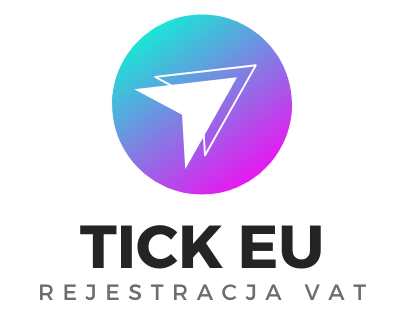E-Invoicing in the EU and ViDA 2025 – Key Changes for Businesses
The digitalization of invoicing is no longer an option – it’s a legal requirement.
Companies operating within the European Union must face increasingly complex requirements related to the transmission of electronic invoices (e-invoices). While the implementation of these regulations may be challenging, it offers the opportunity to increase efficiency, reduce costs, and better align with tax requirements.
Why has e-invoicing become a priority?
The EU initiative “VAT in the Digital Age” (ViDA) aims to standardize and digitalize VAT reporting across the EU. One of the key actions within ViDA is the introduction of mandatory e-invoicing for cross-border B2B transactions. The new regulations will apply to all businesses, regardless of their size or location (including those outside the EU).
What changes does ViDA introduce?
- E-invoice as the new standard – replacing current intra-community sales lists with near real-time reporting.
- National reporting platforms – tax authorities must receive data from e-invoices immediately.
- Required system compatibility – businesses must ensure that their invoicing systems are compatible with national platforms.
- Tighter compliance requirements – more detailed checks of VAT invoice correctness will be implemented.
What does this mean for businesses?
Entrepreneurs should quickly adapt their systems to the new realities to avoid tax risks and penalties. Real-time reporting requires direct integration with national platforms and automated invoice validation. Diverse national requirements make flexible, scalable solutions essential.
Key benefits of e-invoicing:
- Automation and process improvement – faster processing, fewer errors.
- Savings – reduction in printing, paper, and shipping costs.
- Environmental impact – lower resource consumption and reduced CO₂ emissions.
- Compliance – automated processes minimize tax risk.
- Faster payments – digital invoice circulation speeds up the receivables cycle.
B2B, B2G, and B2C – Different needs, different solutions
- B2B: Standardization as a challenge
Interoperability between different invoicing standards remains a challenge in business-to-business cooperation. Italy has already implemented mandatory B2B e-invoicing, while other countries use PEPPOL or national formats.- Formats vary: UBL, UN/CEFACT, PEPPOL BIS, FatturaPA (Italy), Factur-X (France).
- Each country sets its own requirements for digital signatures, archiving, and VAT documentation.
- Invoices must be processed automatically in ERP/financial systems.
- B2G: Obligations towards the public sector
EU Directive 2014/55/EU introduced the requirement to use e-invoices in dealings with public administrations. Companies performing contracts for public institutions must use specified formats and platforms.- Many countries use PEPPOL as a standard for public procurement.
- Example platforms: FACe (Spain), Chorus Pro (France), XRechnung (Germany).
- Invoices must undergo automated validation.
- B2C: Privacy and customer experience
In consumer sales, the focus is on customer comfort and compliance with GDPR.- Invoices must be accessible via email, customer portals, or mobile apps.
- Customers expect clear and user-friendly formats.
- Personal data must be protected according to GDPR.
How to prepare for the changes? Proven steps for businesses:
- Identify applicable regulations – Each country has its own requirements regarding formats and e-invoice submission.
- Choose a scalable solution – Integration with ERP systems and the ability to handle different formats is essential.
- Ensure compliance – Automated invoice validation minimizes errors and the risk of rejection.
ViDA and the future of e-invoicing
ViDA is not limited to B2B transactions between EU countries – it will also cover many domestic transactions. Businesses must prepare for these changes now.
The e-invoicing requirement in the EU is not only a regulatory challenge but also an opportunity to modernize processes, reduce costs, and improve VAT compliance. By investing in the right solution now, businesses gain a competitive advantage and full readiness for the future. Prepare for these changes.


